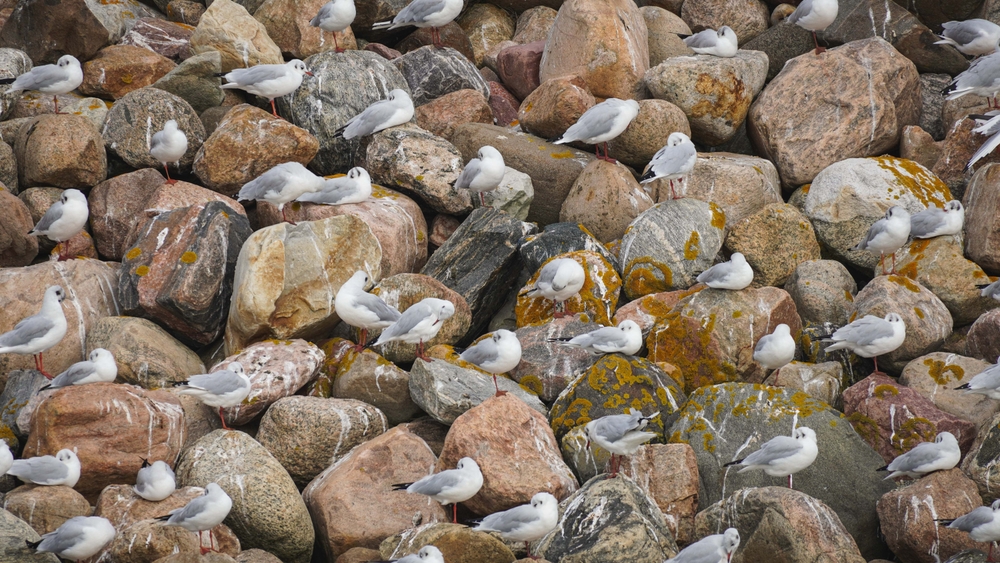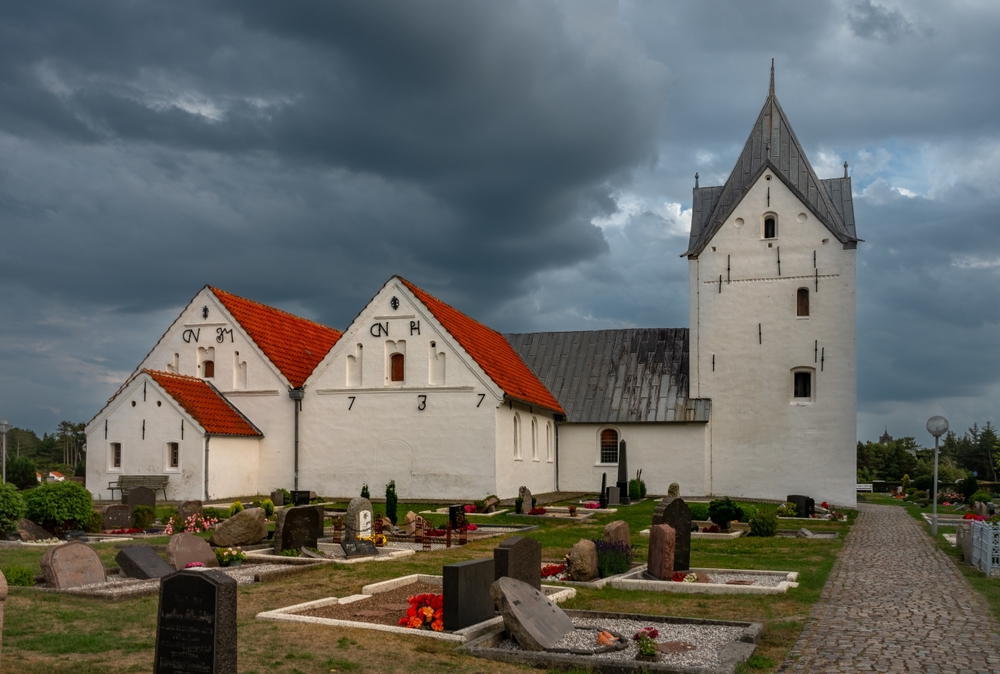Wadden Sea Overview
Wadden Sea National Park (in Danish: Nationalpark Vadehavet) is located along the southwest coast of Denmark, stretching from the town of Blåvand to the German border. Established in 2010, it is the largest national park in Denmark, covering an area of approximately 570 square miles (1,465 square kilometers). The park is part of the larger Wadden Sea, a UNESCO World Heritage Site that spans across Denmark, Germany, and the Netherlands. It is renowned for its dynamic tidal flats, vast mudflats, and its significance as a critical stopover for migratory birds.
The landscape of Wadden Sea National Park is shaped by the tides, with intertidal mudflats, salt marshes, and sandy beaches defining much of the park’s terrain. The tides create a constantly changing environment, where the sea retreats to expose large areas of mudflats, which are rich in nutrients. Barrier islands and sandbanks are also key features of the landscape, providing protection for the coastline and habitats for wildlife. The park is known for its flat, open expanses, which offer stunning views of the sea and sky.
The vegetation in Wadden Sea National Park is mainly found in the salt marshes and dunes. Salt-tolerant plants like sea lavender, glasswort, and cordgrass dominate these areas, thriving in the unique conditions created by the tides. The dunes are home to marram grass and other hardy species that can withstand the harsh coastal winds.
Wadden Sea National Park is famous for its rich wildlife, particularly its role as a vital habitat for millions of migratory birds. Birds such as oystercatchers, plovers, and redshanks rely on the park’s mudflats to feed during their migrations. The park is also home to harbor seals and grey seals, which can be seen resting on sandbanks. The tidal flats are teeming with marine life, including worms, crustaceans, and mollusks, making it an important ecosystem for biodiversity. Wadden Sea National Park’s dynamic landscapes and thriving wildlife make it one of Denmark’s most ecologically significant areas.




















































































